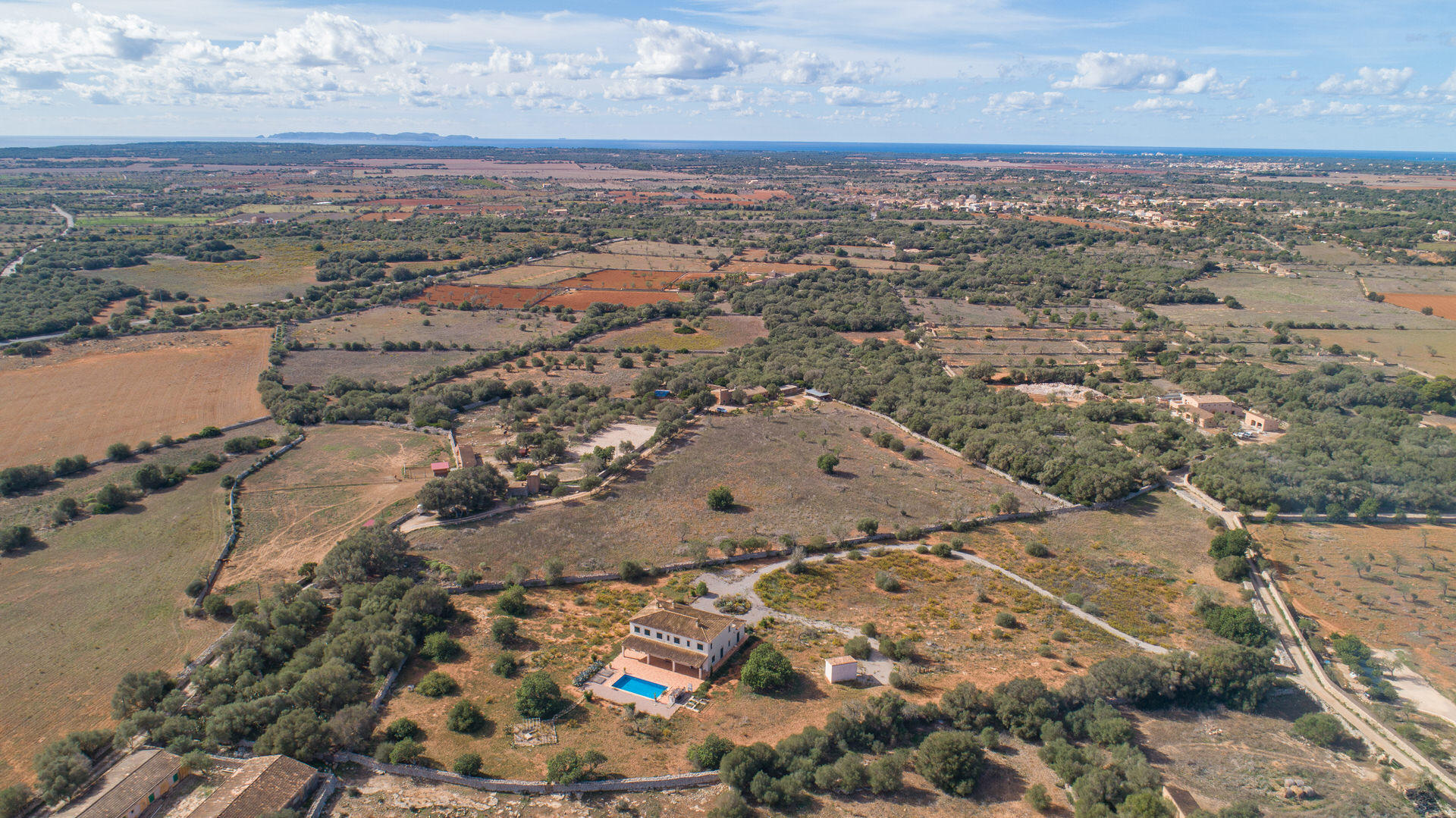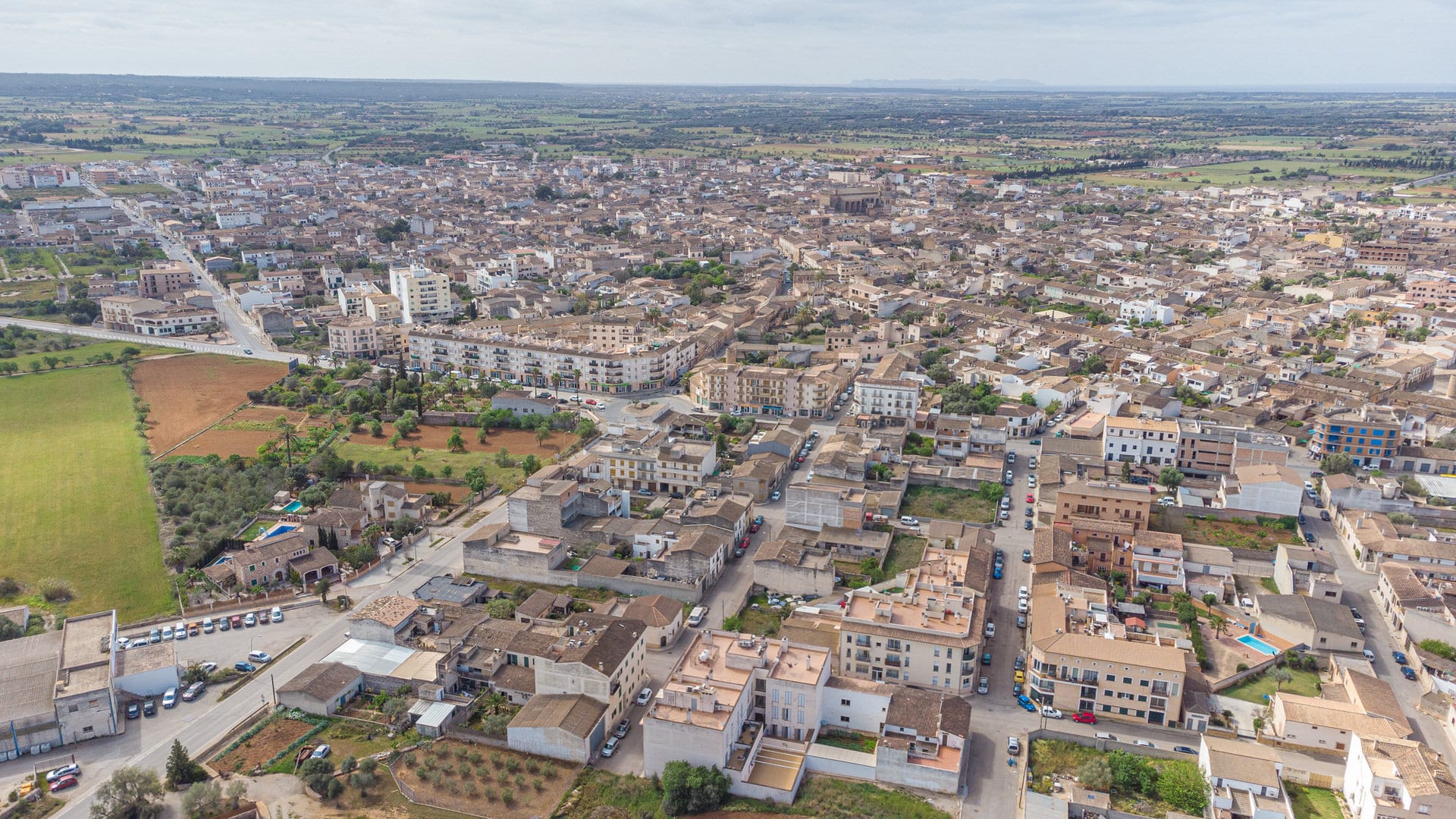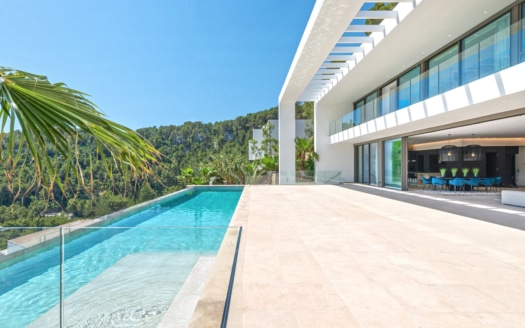Finca building boom in the southeast of the island
The rural areas of Mallorca are facing a real building boom - that is what many environmentalists fear. The fact that, in theory, so much construction could still take place in the south-east of the island, of all places, worries environmentalists for another reason: this part of the island has become much more attractive in recent months. Since the country road from Llucmajor to Campos has been upgraded to a four-lane motorway, the interest of developers in this corner of the island has increased by leaps and bounds. The travel time to Palma has been significantly reduced by the expansion, and at the same time the prices for real estate are still far from the level of the southwest of the island.
And that the fears are not entirely groundless is shown by developments in the municipality of Felanitx, for example, which recently presented a new spatial development plan to simplify construction projects in rural areas. The change coincides with a high demand for building permits in the municipality. According to the environmental organisation Terraferida, construction will be possible on 158 additional plots in Felanitx when the new plan comes into force - a concrete date is not yet foreseeable. On 120 plots, construction will be allowed for the first time, on another 38 buildings could be extended. The plots had been protected since the adoption of the last spatial development plan in 1969. Felanitx thus had the oldest Plan General in all of Spain.
Plots in the Felanitx area that are too large (according to the mayor)
The town hall of Felanitx does not see any danger for the rural area. Mayor Jaume Monserrat, who belongs to the civic regional party El Pi, points out that the reduction of the minimum size for a new building only amounts to an alignment with the regulations in the other municipalities on the island. As he tells the MZ, the plot size of 15,000 square metres does not correspond to the traditional units of area in Mallorca, where they usually measured in so-called quarterades. And the usual area on the island for a development in rural areas is two quarterades, exactly 14,200 square metres. Monserrat also argues that the rural area is already separately protected by regulations from 2002. In the past 25 years, 10,000 licences have been granted in rural areas on Mallorca, warn the environmentalists from Terraferida. And almost all of them were for large detached houses with pools. According to the activists’ estimates, the agricultural area could shrink by 25 percent island-wide as a result of the construction activity outside the town centres. The environmentalists fear the loss of arable land and thus greater dependence on food supplies, as well as the loss of jobs in agriculture. The high demand for building permits, especially in rural areas, was recently confirmed to the MZ by an employee of the department for spatial planning in Felanitx town hall. “We have had around 300 building applications a year since Corona began. Against the background of the crisis in which we find ourselves, that is an incredible amount.” In the municipality of Felanitx, as in the other towns in the southeast of Mallorca, it is currently almost exclusively about the construction of single-family houses. Jaume Monserrat, however, does not want to see the issue limited to Felanitx. “There is no pressure on the administration here, neither from buyers nor from developers. Felanitx is just like the rest of the island. There is a high demand for building land throughout the island.
A call to the neighbouring municipality of Campos shows that he is not wrong. There, too, an employee in the town hall confirms: “A lot of single-family houses are being planned at the moment. And above all, it is fincas in the countryside.
Source: Mallorca Zeitung








